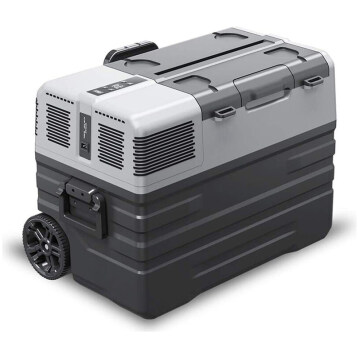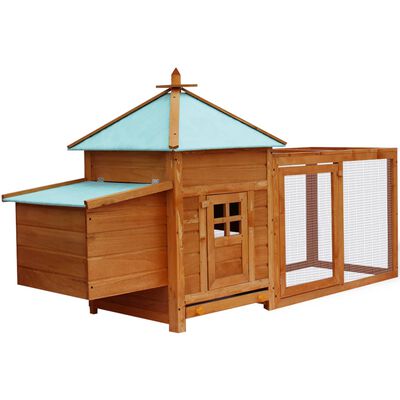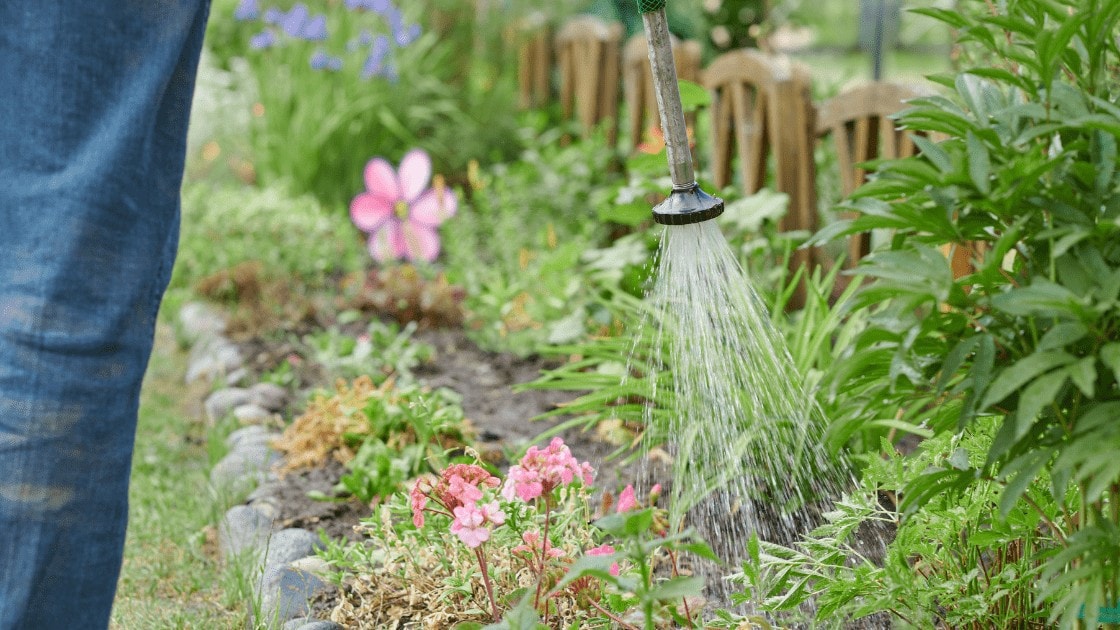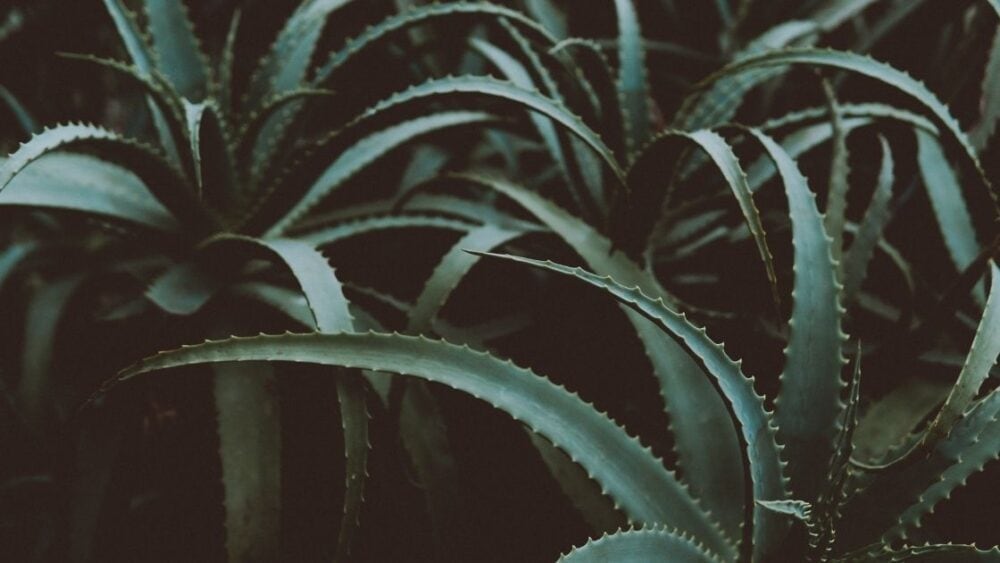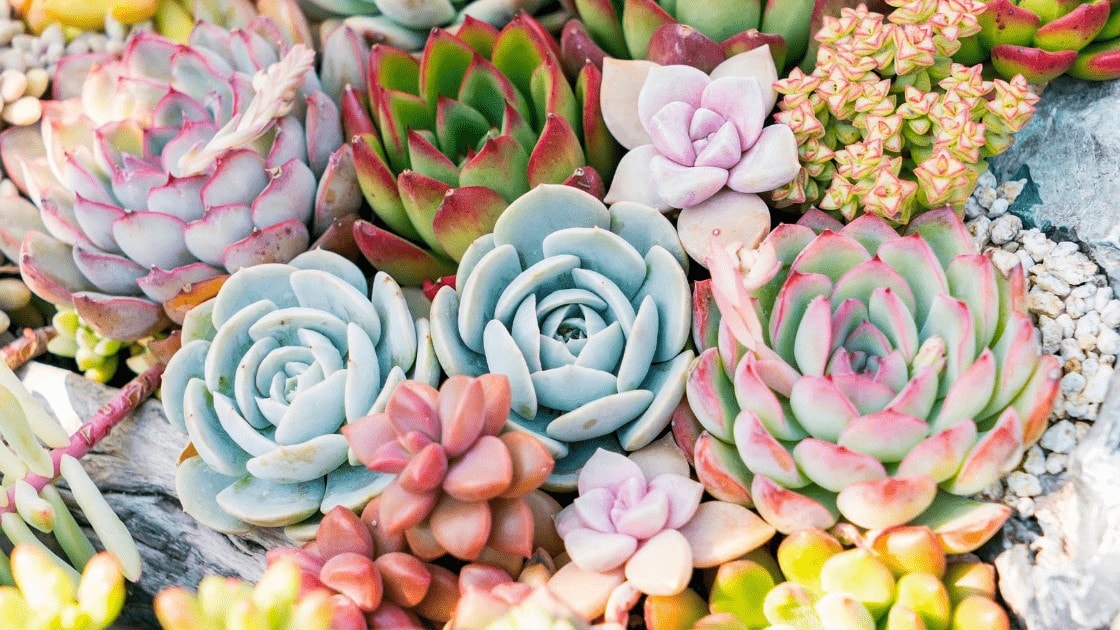
Wilting in sunflowers after repotting is generally true among most potted plants. This is due to change of soil, location, sunlight, watering, and disruption of established root systems. Although some varieties are not prone to wilting such as the dwarf sunflower, proper techniques should be used if your plant needs to be transplanted. In the following paragraphs, we’ll go over the exact causes of the problem, solutions, and also will take a look at the growth requirements of sunflower plants. Let’s get into it!
Why Do People Repot Sunflowers?
When grown from seed, sunflowers usually take around 4 months to start flowering, which is a bit longer compared to many other flowers. For that reason, many gardeners like to start the seeds early – often indoors before the arrival of the last frosts. The young seedlings are usually transferred to slightly bigger pots and then finally – the mature plants are planted directly in the garden or in large outdoor pots.
What Causes Sunflower to Wilt Soon After Repotting?
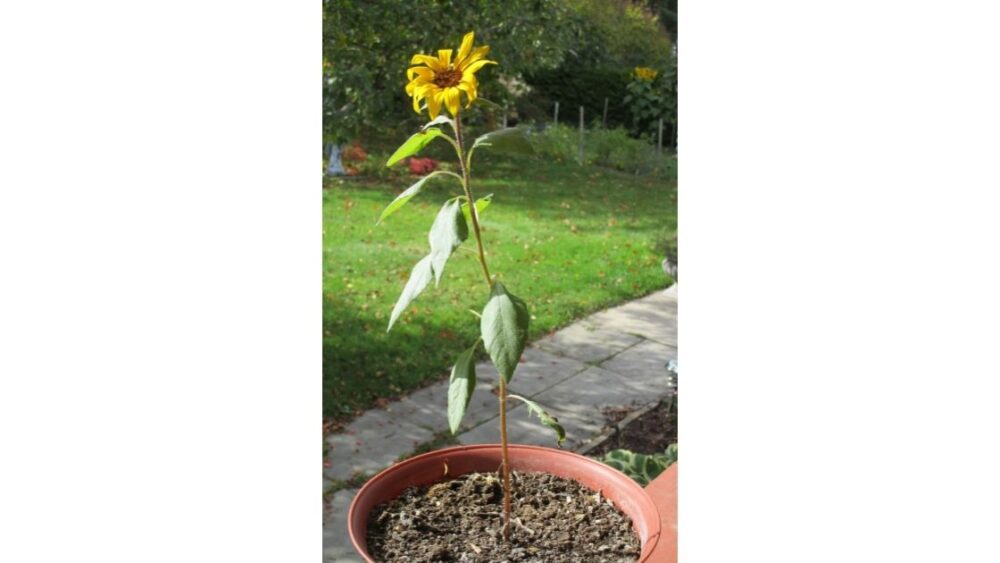
Wilting after repotting is very common and is also known as ‘transplant shock’. Here is a list of the exact mechanism which leads to this phenomenon:
Browse our Affiliate Products
Root Damage
Some root damage is inevitable during repotting. It’s not uncommon for up to half of the root mass to be damaged during the repotting process, which means that the surviving roots will now have to pump 2 times more water to supply the plant with the amount of water it is used to. Even if no visible damage is done to the roots, the tiny, invisible hairs on them may be damaged.
Damage to Mycorrhizal Fungi
Around 90% of all plants have a special relationship with fungi in the soil – the plant supplies the fungus with sugar and the fungus in return pumps water towards the plant roots. Sunflower is no exception and it ‘partners up’ with a fungus called Glomus mosseae (among others).
Damage to this fungal network is inevitable during repotting, as the individual fungal strands (known as hyphae) have a thickness around 1/15th that of human hair. While the
integrity of the fungal network is under repair (which takes a day or two), the plant can be more prone to wilting.
Different Soil
When a plant is transferred to a soil that is higher in soluble nutrients, osmotic shock can occur, where the concentration of salts is much higher than the roots are used to. This leads to temporary shortage of water in the foliage. Eventually, the roots adjust and start pumping water and nutrients again.
The process of adjustment is very short and the plant can fully recover in a matter of hours. However, the adjustment process is energy-dependent and if it happens in the early morning when the plant has spent its nutrients, the recovery may be slower. This is why repotting is best done during the evenings or at night.
New Location
The plants are often moved outdoors or in stronger sunlight after they have been repotted in bigger pots, which can exacerbate wilting issues caused by the root damage.
Overwatering After Repotting
This can drown the roots and deprive them of oxygen, making water transport more difficult. On the other hand, generous watering helps the roots ‘settle in’ the new soil. To get the best of both worlds, it’s best to water generously, but do it in the evening, shortly before or after the sun has gone down.
That way, the soil will dry up a bit before the plant is exposed to the heat of the sun the next day. Unfortunately, now we have a new problem – overwatering at night puts the plant at a higher risk for root rot. Fortunately, sunflower is not very prone to this problem.
Usually, the causes are a combination of all of the above. As you can see, some causes are unavoidable. In the end, repotting always carries some risk – plants never get repotted in nature, therefore the roots are not used to being moved. The whole repotting process can be skipped by planting the seeds directly in large pots, or directly in the garden.
How To Prevent Wilting After Repotting?
There is no sure way to completely prevent wilting during/after repotting, but repotting carefully with minimal root damage can largely avoid severe symptoms. However, it’s best to accept that transplant shock will occur sometimes and then take measures to remedy it. We’ll talk about this in the next section, but most wilting after repotting disappears on its own within a day or two.
It’s a good idea to repot close to the end of the day, to allow for a recovery period during the night, when the drought stress is greatly reduced. Plants which are very tall or already flowering may be more prone to wilting and it’s best not to repot them.
How to Save a Wilting Sunflower Plant
The factors that lead to wilting are many, but all of them are temporary and the solution to the problem is the same – reduce the water loss through the leaves, while the plant recovers. Here are a few ways to do that:
- If the sunflower plant has been placed in sunlight, temporarily move it to a more shaded spot.
- Mist the plant, which will cure the wilting in a matter of 20-30 minutes. Misting once or twice an hour will resolve any wilting in even severely affected plants – they will usually recover on their own in a day or two and the misting can be safely stopped.
- Use a humidity dome, which can be any transparent covering, including a cut up water bottle. You can also temporarily move the pots to a high humidity area such as a bathroom. The plants won’t be harmed by the lack of sunlight if it’s for a day or two (which is usually enough for transplant shock to subside). Keep the plants out of the direct sun while they are under humidity domes.
- Water the plant well, but keep in mind that this may not fully cure the wilting – if it doesn’t, use one of the three methods above, which directly stop the water loss through the leaves.
For information on misting plants, click here. Misting Plants – Pros, Cons, and How Does It Work?
Are All Sunflower Varieties Prone to Wilting After Repotting?
Smaller, dwarf varieties are less prone to transplant shock, simply because they are not as tall, making water transport to the foliage easier. However, all plant species can suffer from wilting after repotting – it’s a very common issue that can affect even drought-resistant succulents if they have a more leafy structure.
Optimum Growing Conditions for Sunflowers
Sunflowers don’t have any special growth requirements – they like plenty of light and nutrients and are drought-tolerant. They self-seed very easily and their seeds germinate very quickly.
How Much Sunlight Do They Need?
Sunflowers are sun-loving plants that do best if given at least 5 hours of direct sunlight. Seedlings that have been kept indoors need an acclimation period to get used to the UV light of the direct sun – 3-4 consecutive days with 1 hour of exposure is usually enough.
What Temperature Is Best and How Hardy Are They?
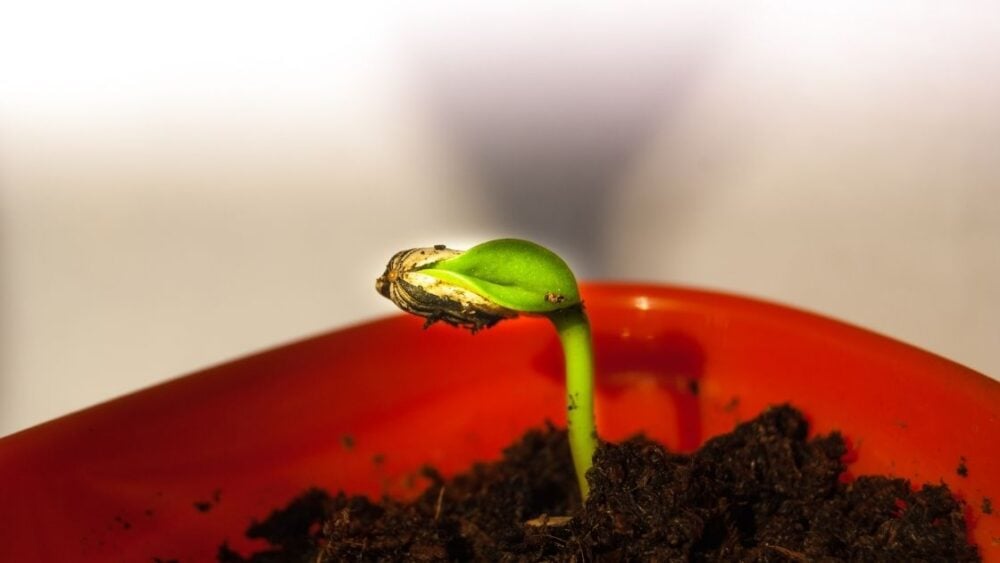
Sunflower tolerates hot temperatures and drought and can adapt to almost any warm climate. It’s not a frost-tolerant plant and almost all varieties are annual plants that have to be re-started from seed after the frosts have passed.
What Type of Soil Is Required?
Sunflowers can grow in almost any soil, but they do like slightly higher pH. That’s partly because unlike most other plants, Aluminum is an essential nutrient for them and they absorb it best at slightly higher pH.
The pH can be increased by incorporating eggshells into the soil mixture, or you can simply purchase a soil with a pH of around 7. Regular, slightly acidic soils will not be a huge problem, especially if you select a suitable fertilizer that doesn’t make them even more acidic.
Sunflowers are heavy feeders and consume a lot of nitrogen and potassium – a balanced fertilizer can greatly speed up their growth. Ammonium-based fertilizers tend to make the soil more acidic, so if you can get your hands on a nitrate-based one, it will work much better, especially if your soil is already too acidic.
For more information on soil, check out this article, What Are The BEST Potting Soils for Every Type of Plant?
Proper Spacing During Planting
Sunflowers are usually planted closely, with a spacing of around a foot or even less. They are tall plants with little horizontal area.
How Much Water Do Sunflowers Need?
The roots of sunflower plants go relatively deeply, making them drought-tolerant. It’s best to water at the first sign of wilting, which will give you an exact idea of the ideal watering frequency for your particular conditions. If sunflowers are planted in smaller, shallower pots, they may require more frequent watering – up to once daily.
Can You Plant The Seeds Directly Outdoors?
This is in fact the most hassle-free way to grow sunflowers as it avoids repotting and having to deal with a large number of pots. Unlike mature plants, seedlings can be surprisingly frost resistant, but this is highly variable, so you should still wait for the last frost before planting. For more information on the different pots for plants, click on this article. What is the perfect pot for my plants?
Can Sunflower Be Grown Indoors?
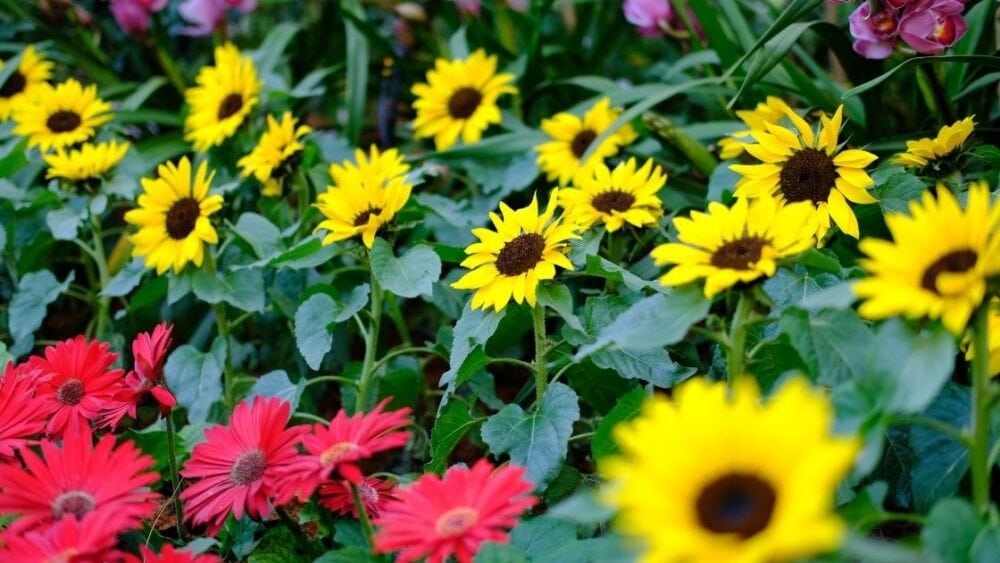
The smallest dwarf varieties (like the ‘Elf’ variety) of sunflower reach a maximum height of around a foot, making them suitable for indoor cultivation. Many dwarf varieties still grow to a height of up to 3 feet, making them only practical for the outdoors.
Regular sunflowers, which you can plant from supermarket seeds can grow to more than 10 feet in height. Their height can’t be controlled well and if they are planted in small pots, they are likely to develop thin, high stems that eventually start to become unstable.
My Sunflower Appears To Be Dying Ever Since I Repotted It, What Should I Do?
Keep misting and keeping the sunflower plant out of the sun. If wilting doesn’t resolve within a day or two, you should start supplying the plant with some light, despite the wilt. To do that, place it in full shade, but in a spot that receives plenty of indirect sunlight from the surrounding sky.
It will eventually recover. If you’ve left a wilted plant out in the sun and most of its leaves are completely wilted or dry, it may be beyond saving. Whether the plant is really dead and/or worth attempting to save depends on how many intact leaves it has.
How Well Do Sunflowers Deal With Unfavorable Conditions?
Sunflowers can thrive in hot, dry areas and have no problems dealing with the harsh sun. However, they don’t grow well in thick shade or in poor, very acidic soils. If your sunflower isn’t growing well, apply some fertilizer and move it to a brighter spot.
Final Thoughts
Wilting is common in newly repotted sunflower plants, but disappears on its own fairly quickly, usually in less than a day. Until the wilting disappears, the plants should be kept out of the direct sun and in severe cases – misted regularly. Rarely, the wilting problem may continue for a few days, in which case you should keep the sunflower plant in indirect sunlight.
Careful repotting that doesn’t involve cleaning the roots from the old soil can greatly reduce the incidence of transplant shock, but it can still occur. The only way to completely prevent it is to not repot at all and just plant sunflower seeds directly in their final location.

